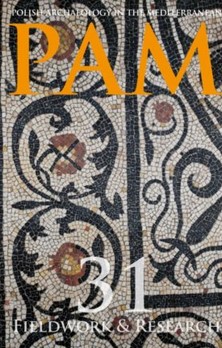Burial practices in early Byzantine Syro-Palestine (4th–7th centuries CE) – review article
Burial practices in early Byzantine Syro-Palestine (4th–7th centuries CE) – review article
Author(s): Mariusz GwiazdaSubject(s): Archaeology, Cultural history, Ancient World, 6th to 12th Centuries
Published by: Wydawnictwa Uniwersytetu Warszawskiego
Keywords: burial practices; Syro-Palestine; early Byzantine; grave goods;
Summary/Abstract: This review paper of current knowledge of burial customs in Syro-Palestine in the early Byzantine period (4th–7th centuries CE) identifies elements that were a continuation of burial practices from the Roman period (1st–3rd centuries CE) while noting new customs. It considers the material in terms of location of the burial grounds, forms of graves, variety of grave goods and body positioning data. A quantitative approach to the data demonstrates a gradual departure from chamber tombs and sarcophagi in the early Byzantine period. An emerging trend in this period are burials being made in monasteries and, to a lesser extent, in churches; this can be related to the spread of Christianity. Discussing the results of available radiocarbon dating and stable isotope analysis, the paper calls for more widespread use of these methods to further knowledge of burial customs in Syro-Palestine in the final phases of antiquity.
Journal: Polish Archaeology in the Mediterranean
- Issue Year: 1/2022
- Issue No: XXXI
- Page Range: 285-331
- Page Count: 48
- Language: English

